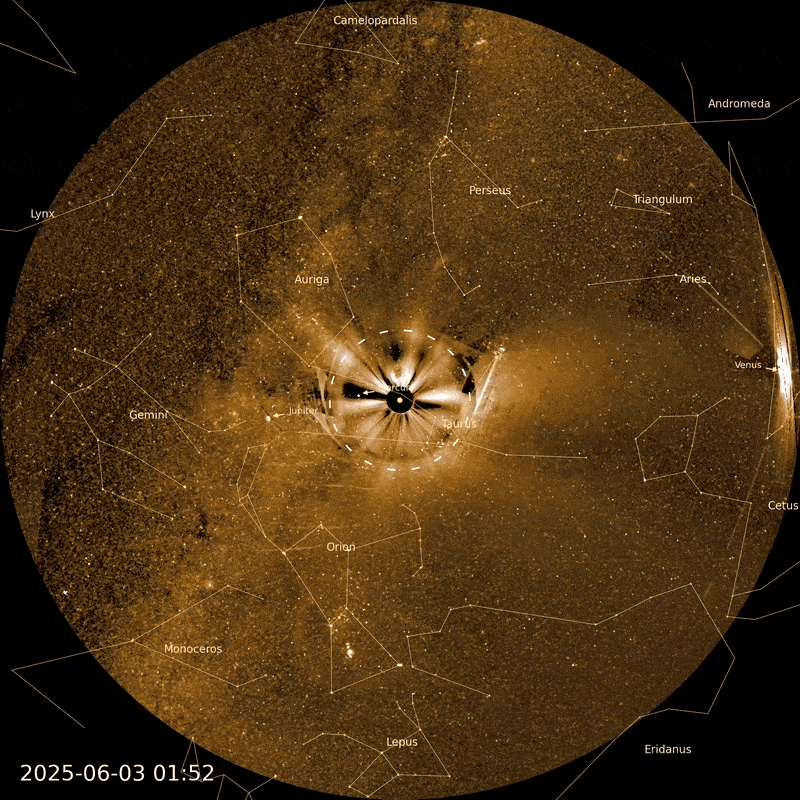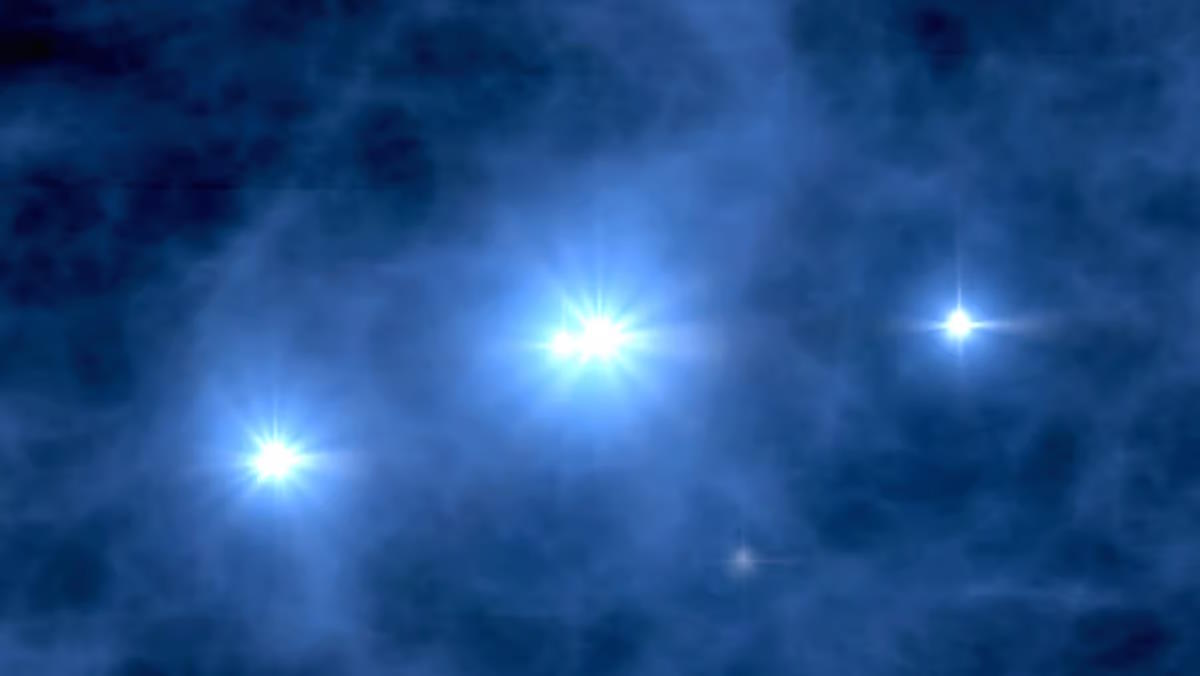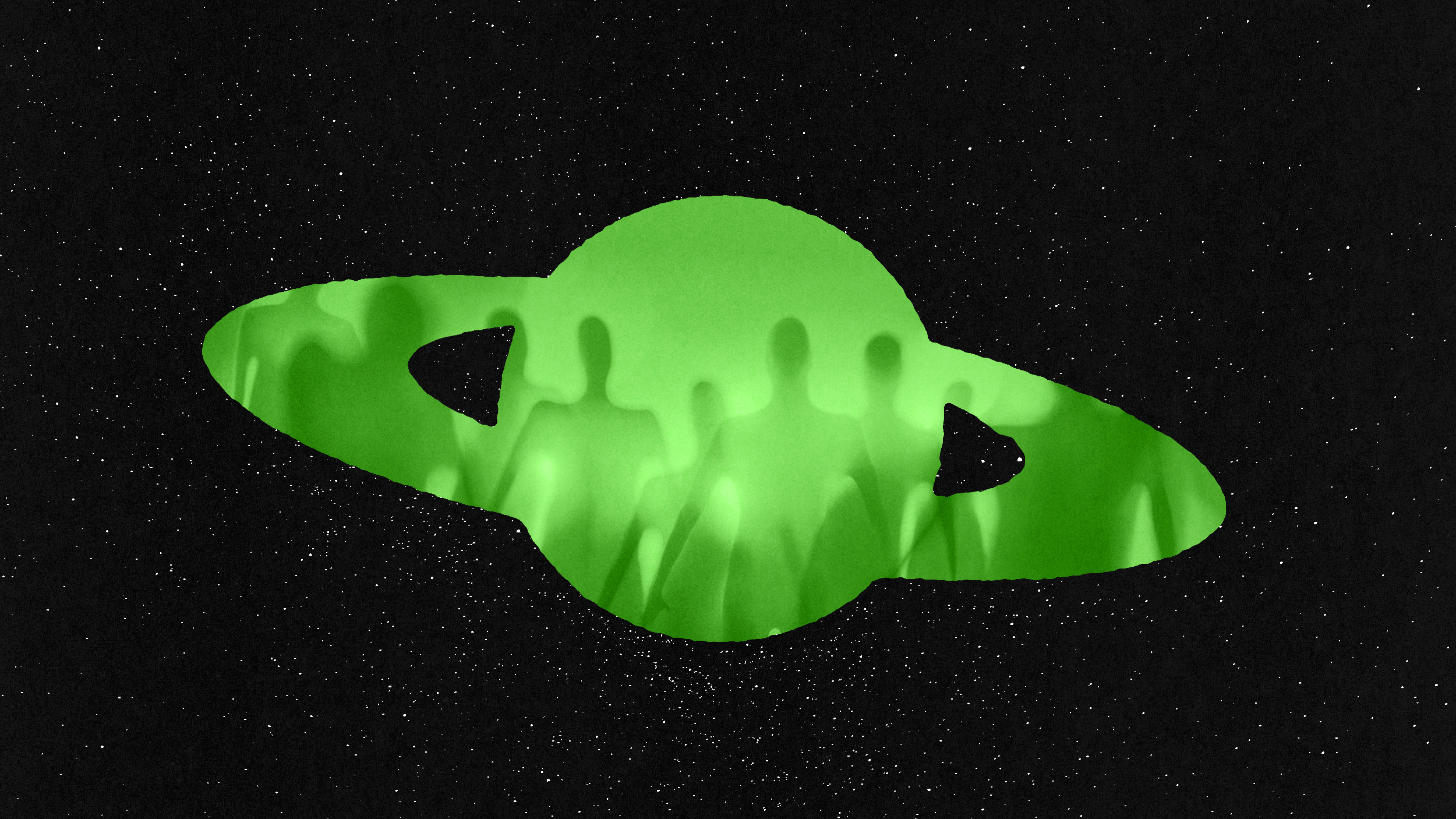Weekend Diversion: The Eclipse of a Lifetime is Coming
On August 21, 2017, a total solar eclipse will cross the USA. Start planning for it now.
“Astronomers are greatly disappointed when, having traveled halfway around the world to see an eclipse, clouds prevent a sight of it; and yet a sense of relief accompanies the disappointment.” –Simon Newcomb
A total solar eclipse is a rare event, but rarer still is one that’s visible by you. Unlike lunar eclipses, visible for hours by the entire night side of the world, a total solar eclipse can only be viewed along a narrow path on Earth’s surface, where the Moon’s shadow happens to fall. Have a listen to the Cat Stevens classic, Moonshadow,
while I share with you an upcoming astronomical event that’s worth thinking about now for anyone in the USA.

On August 21, 2017, a total solar eclipse will occur, and it will see the Moon’s shadow pass across the Pacific Ocean onto the coast of Oregon, and then proceed to fall across all of North America (as Earth rotates), finally entering the Atlantic Ocean on the South Carolina border. This will be the first total solar eclipse to touch the United States since the 1990s (when one occurred on Hawaii), and the first to cover it coast-to-coast since 1918!
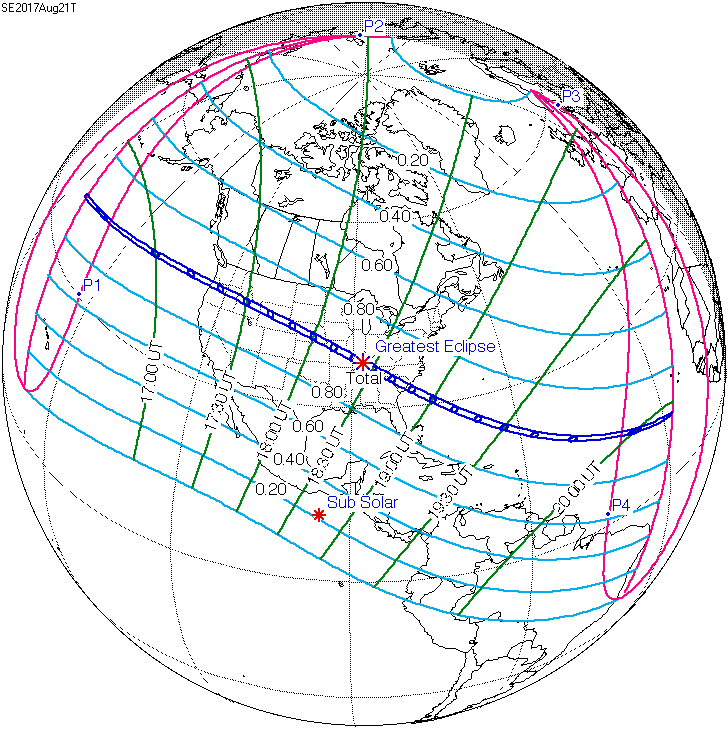
There are a few sights that people who make it to a location along the path of totality will get to see that are extraordinary rarities, and represent something that only a small percentage of people who’ve ever lived have gotten to see. These sights include:
- Bailey’s beads, where just prior (and subsequent) to totality, tiny portions of the Sun are visible through the indentation of the Moon’s craters.
- The Earth plunging into darkness during the day.
- Stars will be visible in the sky during the moments of totality, which you’ll get just over two minutes of at maximum. Dedicated observers can detect subtle shifts in the positions of stars near the Sun, the same observation that confirmed Einstein’s General Relativity!
- And finally, you’ll be able to view the Sun’s corona with the naked eye during totality, a remarkable sight usually invisible to human eyes due to the brightness of the Sun.
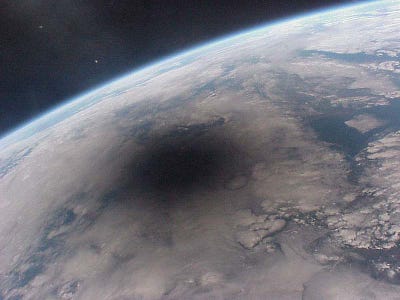
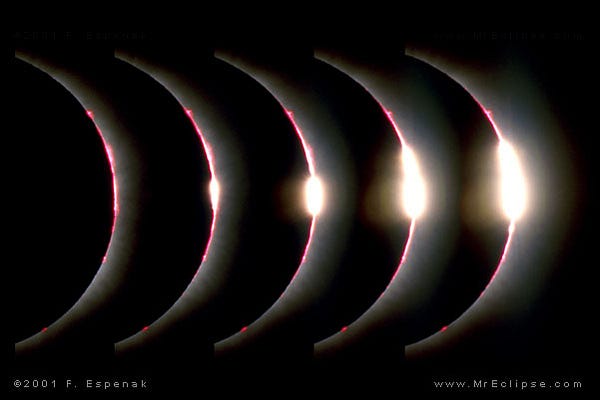
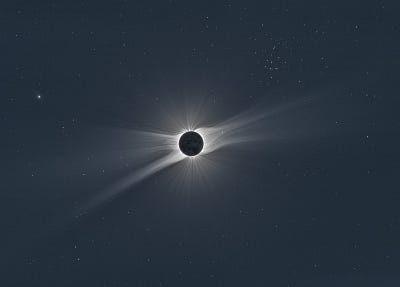
This is an event that, for most of us, we’ll only get a few chances to see in our lifetimes. You’ll also want to be incredibly careful with your eyes; it’s only safe to look at the Sun during totality itself, not a moment before or after, not even at Bailey’s beads! That’s why, this weekend, I wanted to highlight a site that’s dedicated themselves to this remarkable event: the Great American Eclipse at http://www.greatamericaneclipse.com/.

In particular, they just produced a full, detailed map of where the eclipse will occur all across the United States’ mainland in incredibly high resolution, something you could print out for yourself. Of course, if you did, it would be ten feet long! You can’t yet buy it at their site’s store (which has all sorts of neat, eclipse-related material), but you can download the image and view whatever portion of the country interests you to find where you might want to go!
I’ve rotated and included it below, and for me, I’m thinking the foothills of Mt. Jefferson in Oregon might be the ideal place for my second eclipse expedition! (My first was here.)
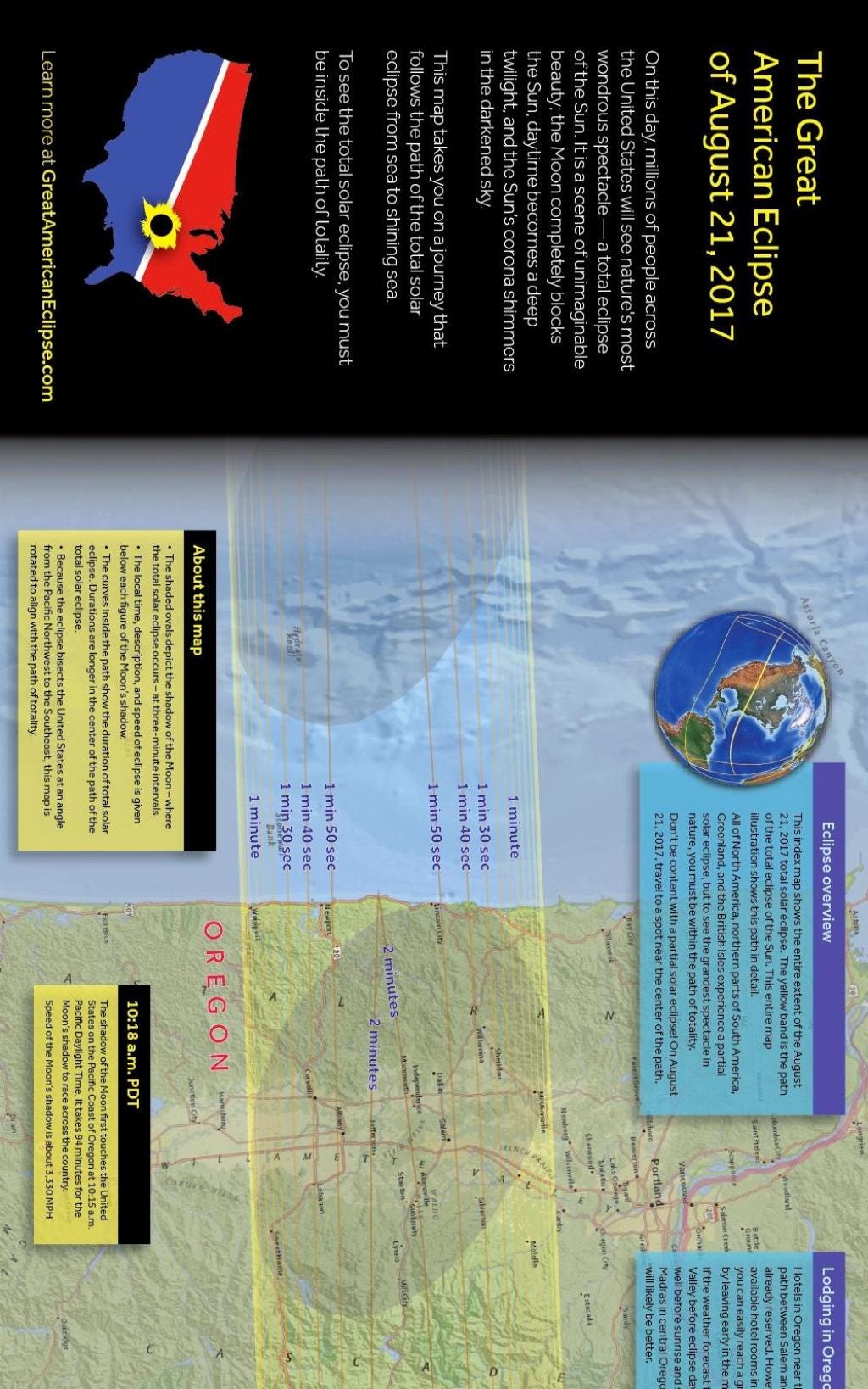
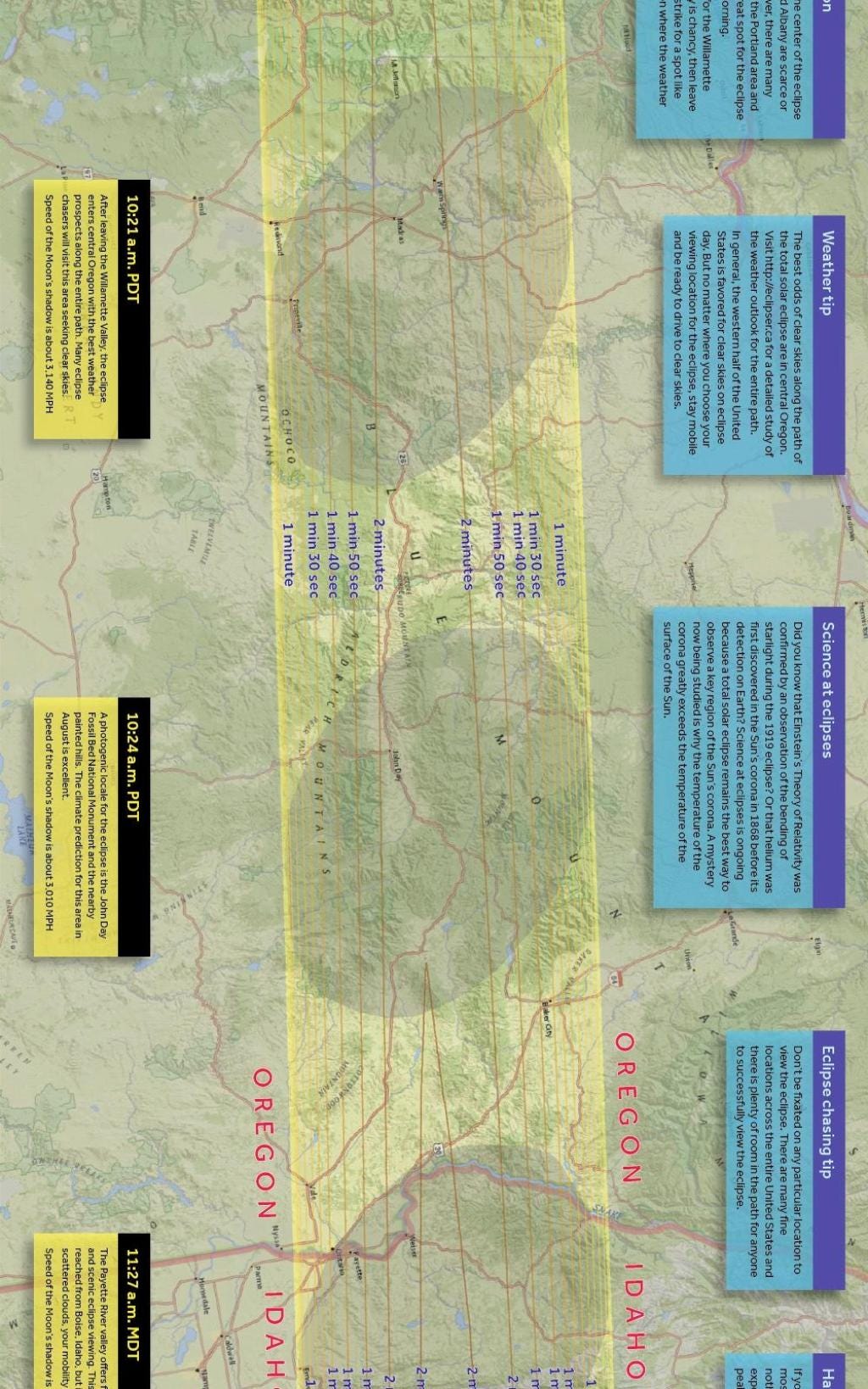
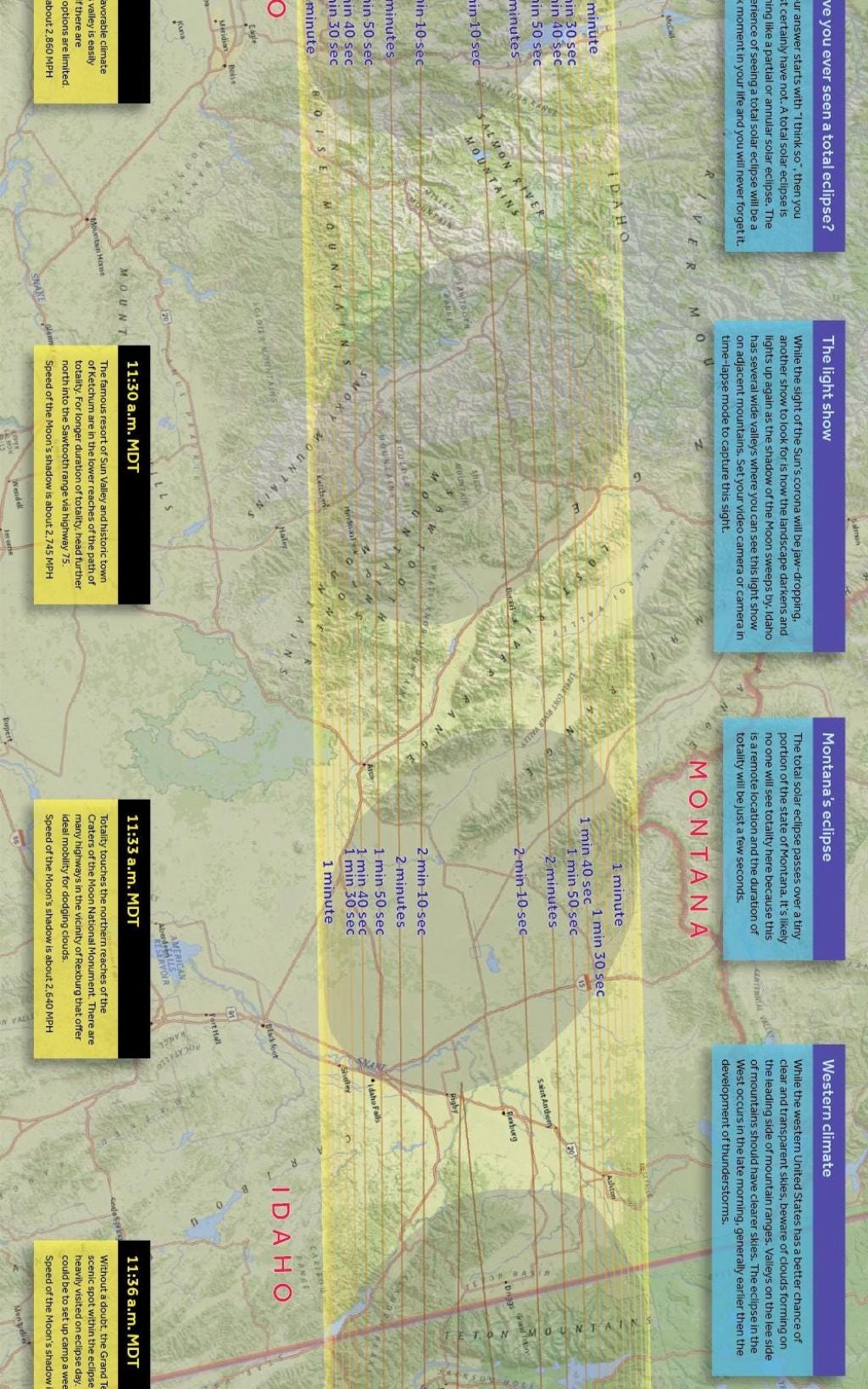
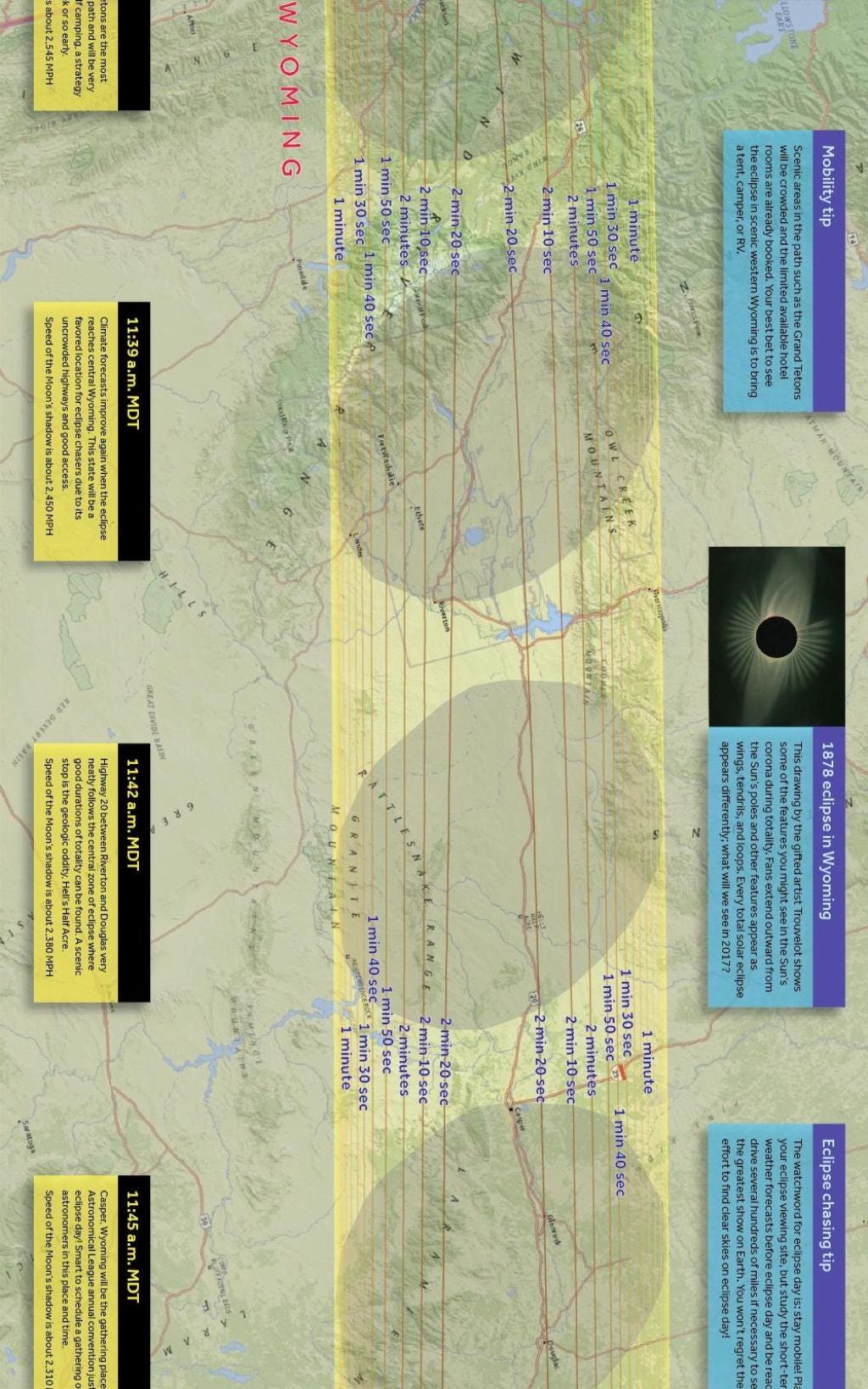
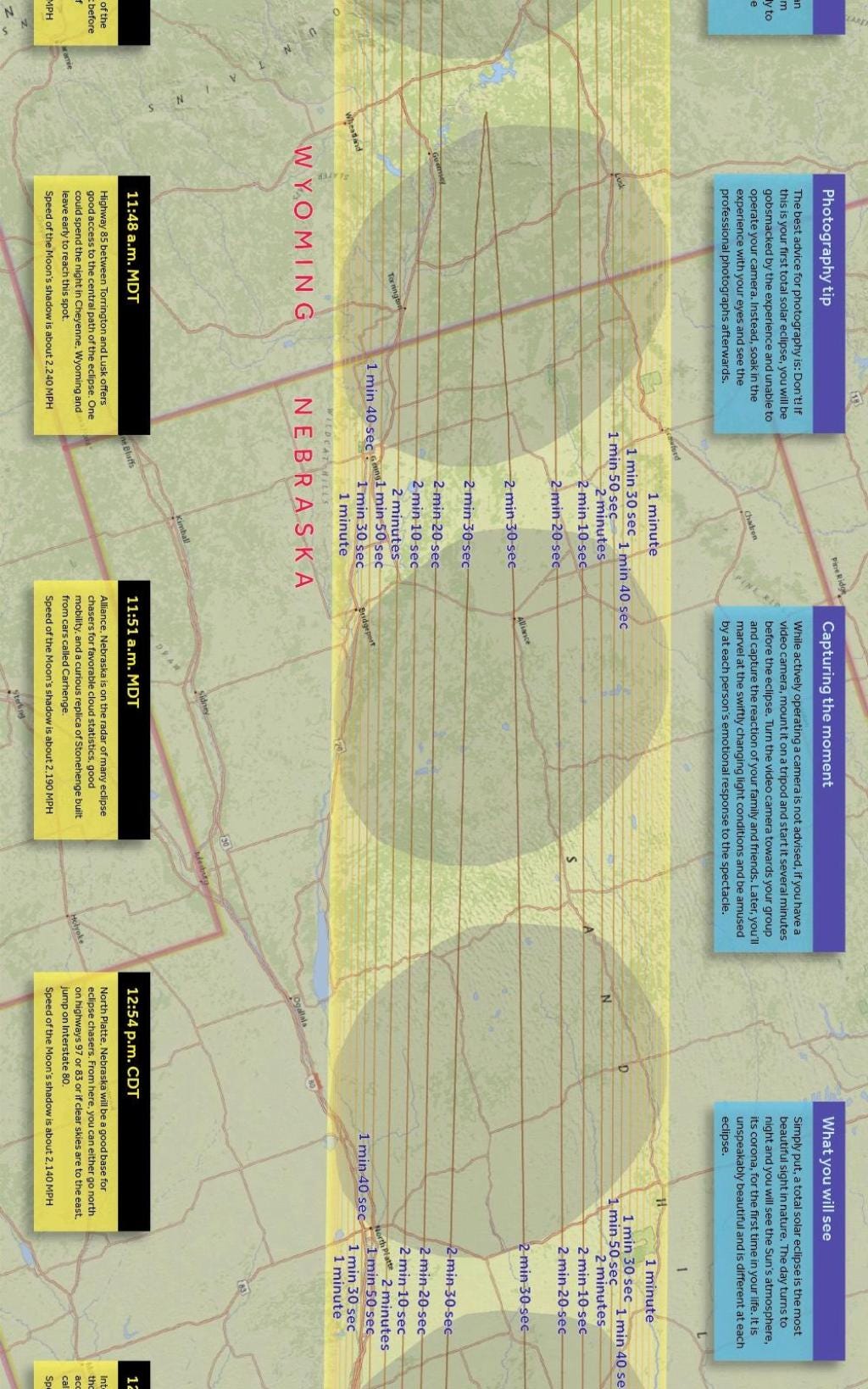
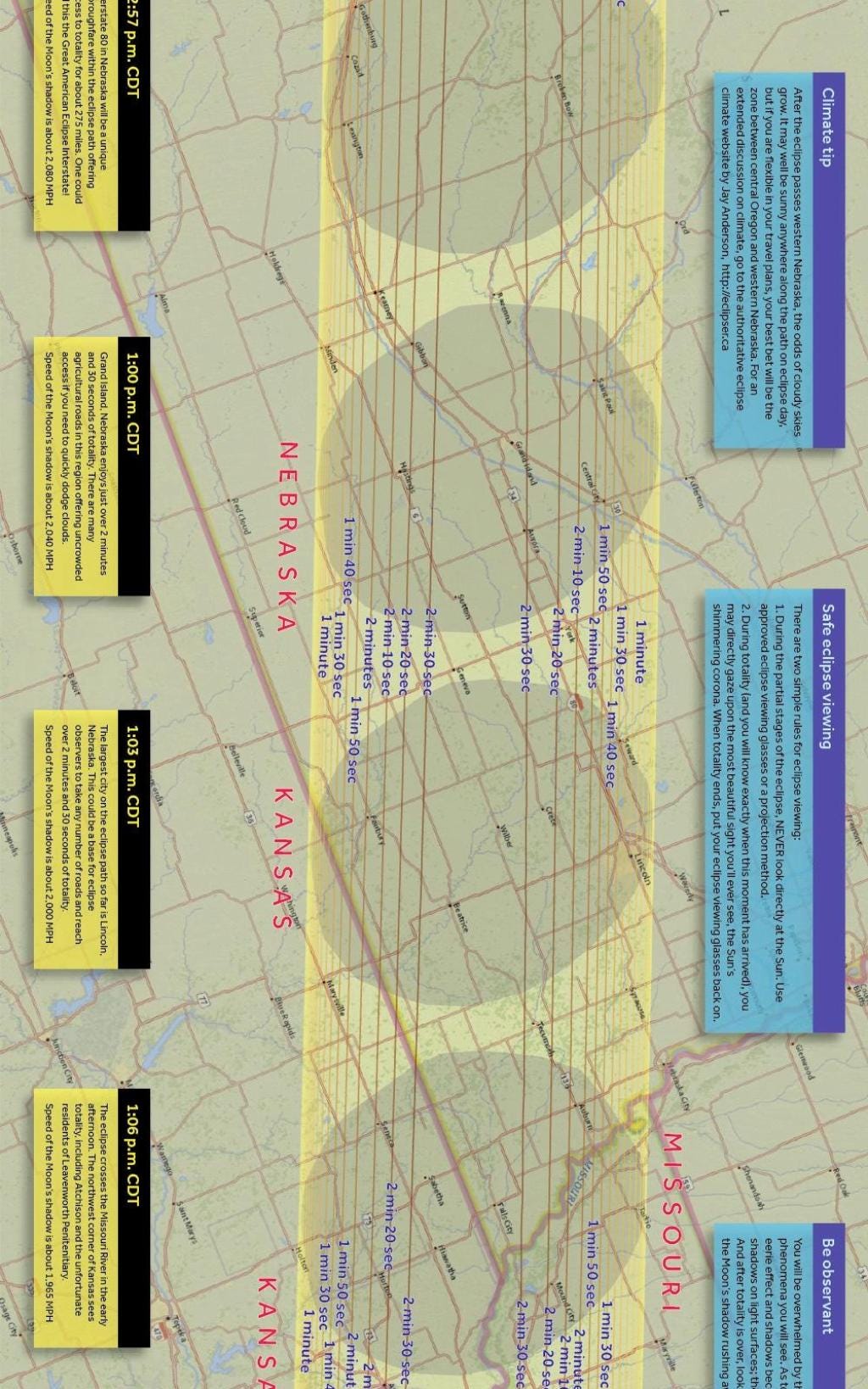
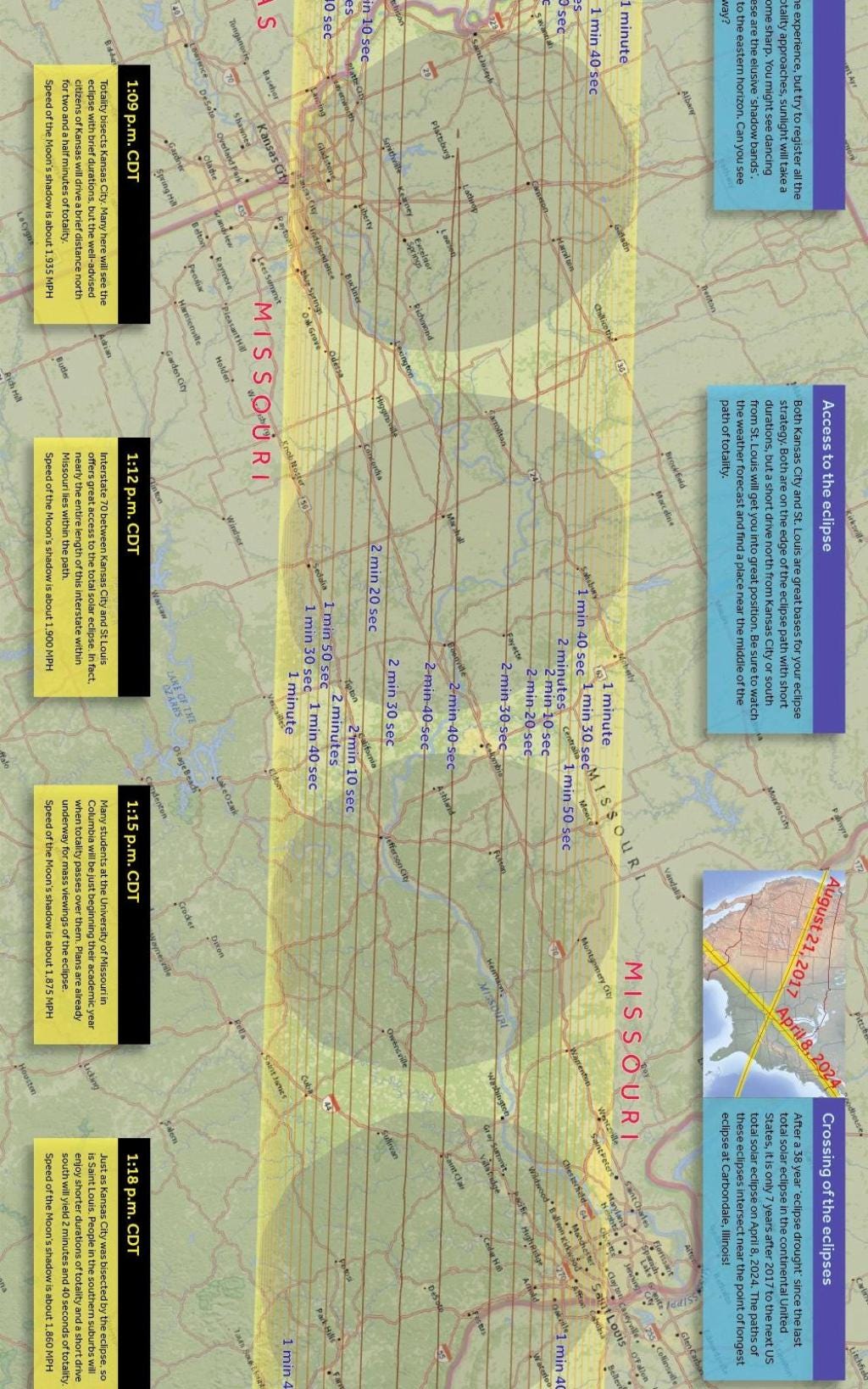

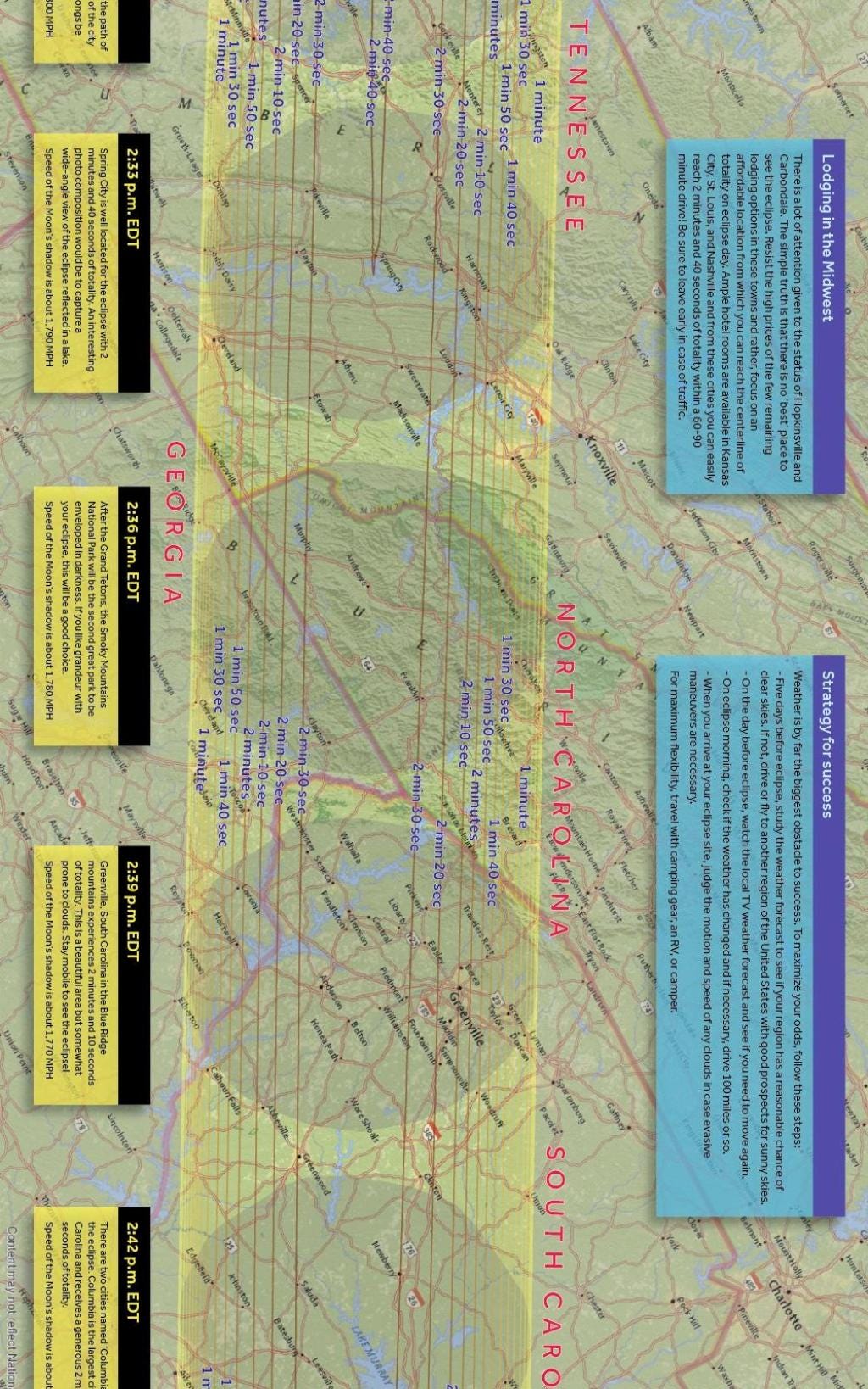
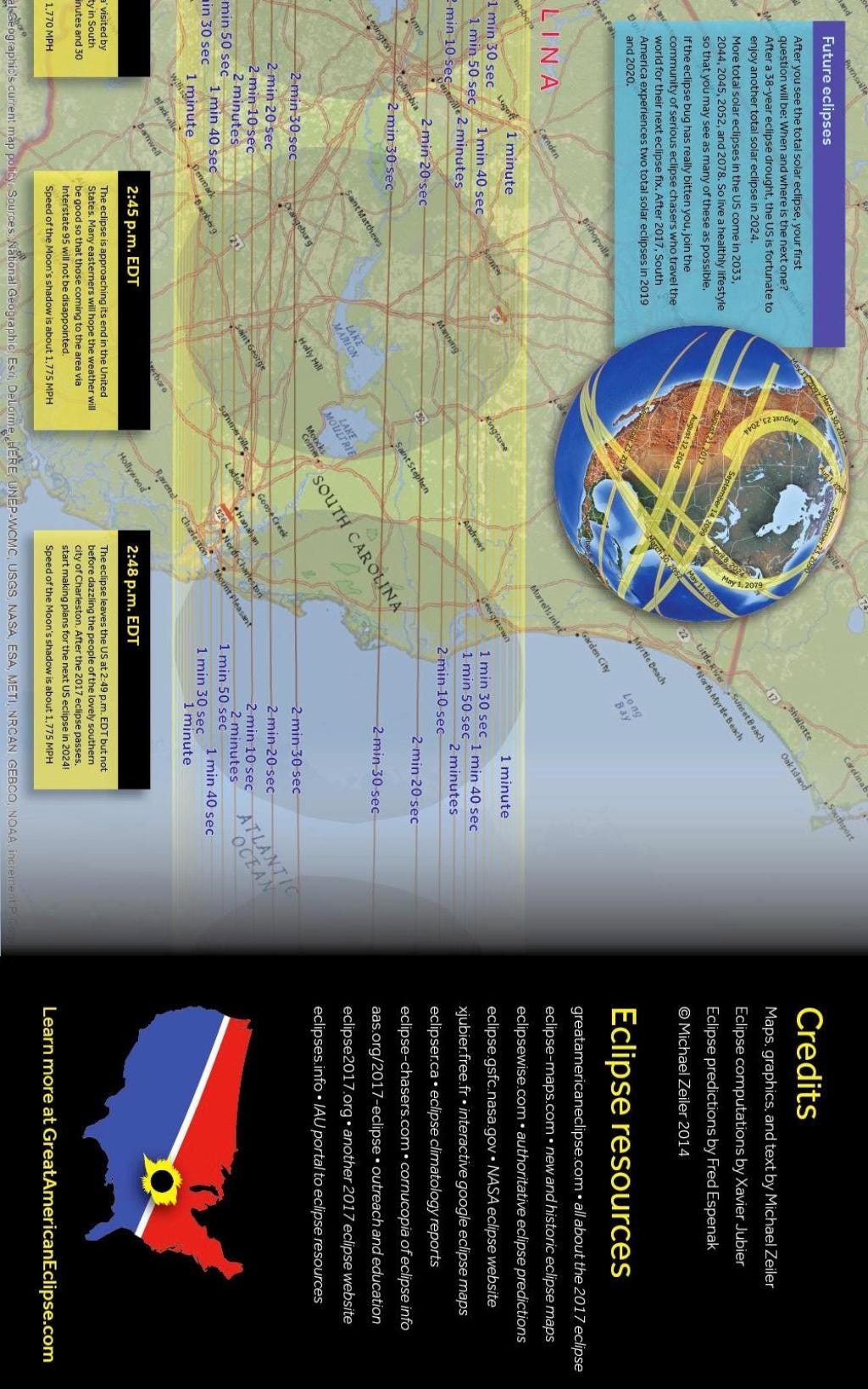
If you look closely in Illinois and Kentucky, you’ll see that the point of longest eclipse and the point of greatest eclipse don’t quite line up! This is because the Greatest Duration is only a measure of what location on Earth will experience the longest amount of totality, while the Greatest Eclipse is the point on Earth where the Moon’s shadow passes closest to the Earth’s center. Factors like the curvature of the Earth’s surface and the motion of the Moon’s shadow across it help ensure that these two locations aren’t exactly the same!
Even if it’s cloudy, you’ll still see your world plunge into darkness, a remarkable sight that’s worth the trip.
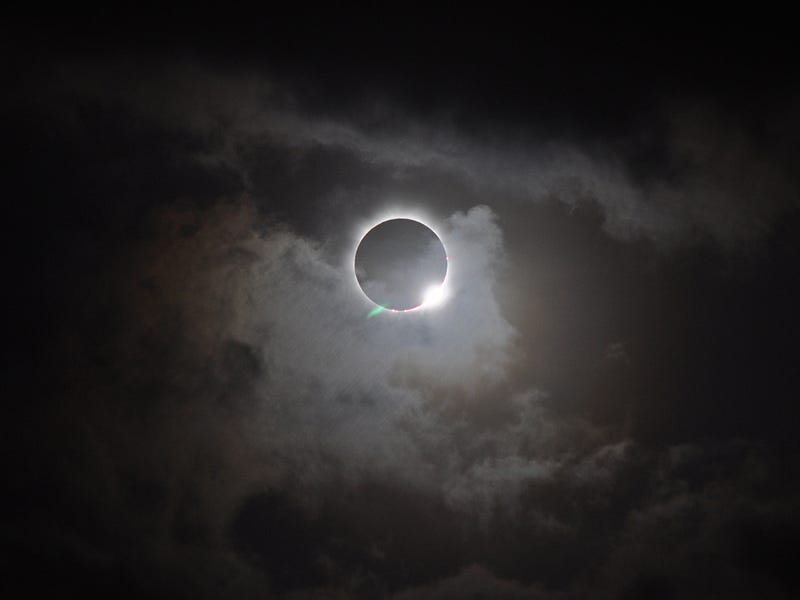
It occurs exactly 32 months from today, and I think now is the right time to start looking forward to it, as hotels along the path of totality are already filling up. Have a great weekend, and I’ll see you back here next week for more wonders and joys of the Universe!
Missed our Comments of the Week? Check them out here. And leave your comments on this story at the Starts With A Bang forum on Scienceblogs!


